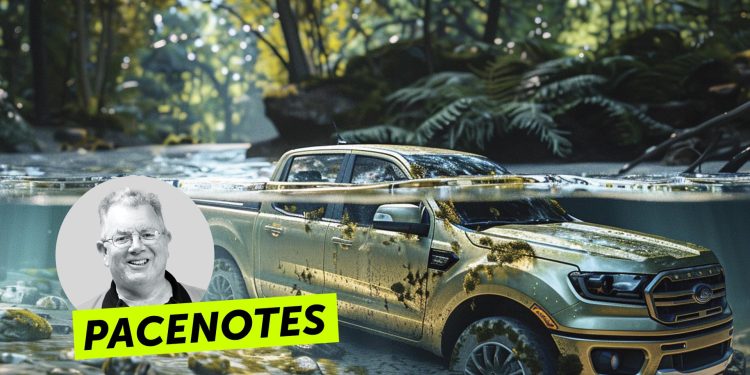Pacenotes – On the hunt
Words: Rob Scott
When the editor suggested I take a short sabbatical my spirits soared. If All Blacks take sabbaticals it generally involves overseas trips and bucketloads of foreign currency.
“What did you have in mind?” I enquired. “Six months in Tokyo? Perhaps a year in Paris?”
“We were thinking of something more like Ruatoria.”
It transpires that the Poverty Bay and East Coast region, while awash with superb driving roads, is not exactly a happy hunting ground for NZ Autocar subscriptions.
Kyle ostensibly wanted me to drum up some more trade in the area but I suspect he really just wanted me out of the office. Again.
“Can I at least take one of the long-term test cars?”
“The Bongo is available,” he confirmed.
I took the Tauranga Eastern Link south and kept following my nose through to Opotiki. Here, I was torn – do I take the infamous Motu Road through to Matawai, or hug the coast along State Highway 35?
Unfortunately, the Motu is now a sanitised version of its earlier self, smoothed and straightened to aid the passage of logging trucks. So rather than sully my memory of one of the greatest stages in the history of the WRC, I kept on towards Cape Runaway.
I don’t know how many of our readers were in Christchurch after the 2011 earthquake but the sensation was eerie.
One moment you’d be driving along a city street, wondering what all the fuss was about – then you’d turn the corner and encounter total devastation.
It felt the same as I made my way around the East Coast; one minute you’d be surrounded by pristine countryside, the next you’d be facing a hillside scarred by dozens of slips.
I asked a motelier at Hicks Bay how much Cyclone Gabrielle had knocked them around. He admitted a lot of businesses had been hurt badly so soon after Covid and acknowledged the Hawkes Bay had probably copped the worst.
“After the flooding subsided, it was like a continuous used-car lot between here and Wairoa.”
I clearly didn’t understand so he elaborated.
“We had thousands of vehicles water-damaged down here, and not all of them were insured. The insurance companies paid out and crushed all the vehicles on their books, but the rest got flogged off as private sales. It was like a feeding frenzy for a while; blokes would turn up with a pocketful of readies, buy a dozen damp vehicles and you’d never see them or the cars again.”
I should’ve been appalled – who knows how long before the hidden corrosion or damaged electronics turned these bargains into lemons for their unsuspecting new owners? But why shouldn’t I get a piece of the action if everyone else was doing it?
“Do you know if there’s any left around here?” I asked the landlord.
“No, mate – perhaps try down around Tokomaru Bay or Tolaga Bay.”
I saw a few ‘4 sale’ signs on vehicles parked on the side of the road, but the visible tide marks were enough to deter me.
I couldn’t get over the amount of tree debris piled up next to so many of the bridges, nor the silt-covered paddocks that were reminiscent of Christchurch’s liquefaction.
It was at a little coastal village that I stopped for a break and fell into talking with a bloke fishing on the wharf.
“You don’t know of any cheap cars around here?” I enquired.
“You don’t mind if they got a bit wet?” he asked shrewdly. “My nephew was pig hunting just before Gabrielle hit and had to leave his Ranger in the streambed. You can just about see it from here.”
I squinted up the valley behind us but couldn’t spot the Ford ute. “If I walk out on the wharf further, should I see it from there?”
He shook his head. “Walk along the shore twenty metres, then wade out onto that sand bar.”
I did so, but craning my neck, still couldn’t see my prize up the watercourse.
“Are you sure you can view it from here?”
“Yeah, mate – you’re standing on it.”
This story first appeared in the August 2024 issue of NZ Autocar magazine.





